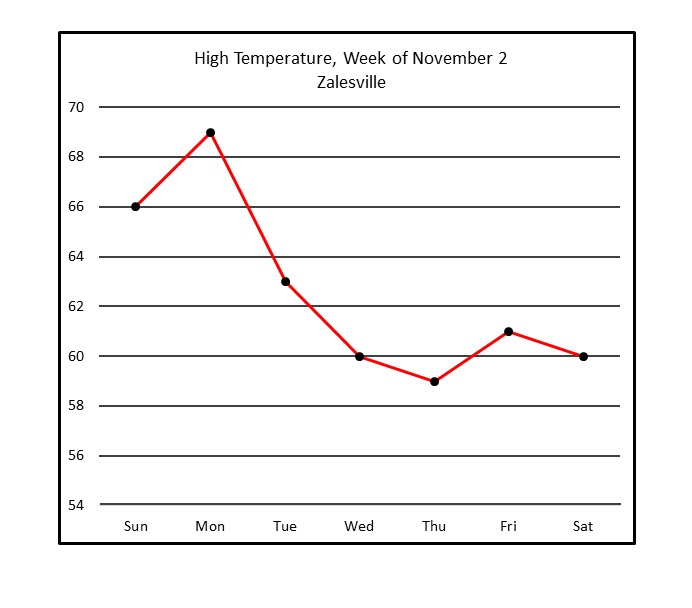All GED Math Resources
Example Questions
Example Question #12 : Bar Graphs
A class of 

How many total pets are owned by the students in the class?
From the graph, we can see that 
We can see that 

Next, notice that 


Next, 


Then, 


Finally, 


To find the total number of pets owned by the students, add these values together:
Example Question #242 : Statistics
A class of 

What is the average number of pets owned per student in the class?
Recall how to find the average of a set of numbers:
Start by finding the total number of pets that the students in the class own.
From the graph, we can see that 
We can see that 

Next, notice that 


Next, 


Then, 


Finally, 


To find the total number of pets owned by the students, add these values together:
Since we know that there are 
Example Question #11 : Bar Graphs
A class of 

What is the mode number of pets that are owned?
Recall that the mode in a set of data is the number that is repeated most often. For this question, this means that the mode number of pets owned will be the number that correlates to the most number of students. Since 

Example Question #21 : Bar Graphs
The following five countries rank highest in total energy consumption (source: CIA World Factbook website). Figures are given in megawatt-hours per year total:
A vertical bar graph is to be constructed so that its vertical axis is marked 





The bar representing Japan will reflect a total energy usage of about 


By similar reasoning, the bar representing India will only show

Through some rounding, we see that about Japan is represented by a bar about

as long as the bar that represents India.
Example Question #251 : Statistics

Refer to the above line graph, which tracks the high temperature in a town over one calendar week.
Of the days shown, between which two consecutive days did the peak temperature decrease the most?
Between Tuesday and Wednesday
Between Monday and Tuesday
Between Friday and Saturday
Between Wednesday and Thursday
Between Monday and Tuesday
The segments that represent decreases are the ones that go from upper left to lower right. There are four, and the steepest is the one between Monday and Tuesday. This is the correct response.
Example Question #252 : Statistics

Refer to the above line graph, which tracks the high temperature in a town over one calendar week.
Of the days shown, how many had a peak temperature at or above 
The dot representing Thursday is the only one of the seven that appears below 60 on the graph, so 6 is the correct response.
Example Question #253 : Statistics

Refer to the above line graph, which tracks the high temperature in a town over one calendar week.
How many days shown have a peak temperature higher than Friday's high temperature?
Only the three dots representing the peak temperatures of Sunday, Monday, and Tuesday are higher than the one representing that of Thursday, so the correct response is three.
Example Question #1 : Line Graphs
Use the following line graph to answer the question:
How many enrollments were there in January?
Let's look at the line graph.
We can see the bottom axis displays the individual months. We can see the scale on the left displaying the number of enrollments.
So, to find the number of enrollments in January, we will first locate January on the bottom axis. We can see that it is the first one listed.
Now, we will see which number it corresponds with. We can see that it lines up with 10.
Therefore, the number of enrollments in January is 10.
Example Question #43 : Representing Data
Use the following line graph to answer the question:
Approximately, how many 12th grade enrollments were there in 2013?
Let's look at the graph:
If we look at the year 2013, we can see the data point is between 120 and 140.
We can also see that it is much closer to 140 than it is to 120.
From looking at the location of the data point, we can approximate that there were 136 12th grade enrollments in 2013.
Example Question #4 : Line Graphs
The following graph charts the amount of rain received per month over the span of a year.

What is the average amount of rain, in inches, received in the first six months of the year?
Start by finding the values for the first six months of the year.
In January, there was 
In February and March, there were 
In April, there was 
In May, there was 
In June, there was 
Recall how to find the average for a set of numbers:
Plug in the values for the rainfall and divide by the number of values.
Certified Tutor
All GED Math Resources


















































